Ever since its long-awaited independence from France in 1953 Cambodia has continued attracting visitors from all over to experience its enthralling mixture of history and religion. As the state’s capital and its largest city, Phnom Penh is a strange place – on the surface, it may appear as a hive of activity and a world-class food scene. Going around exploring the sights during a city stroll will reveal some of the country’s dark and turbulent past, still staggering to recover.
For those of you who don’t know, Cambodia had a political leader named Pol Pot who led his Khmer Rouge communist forces into the country’s capital in the year 1975, beginning of a four-year genocide. He wanted to reconnect Cambodia to its ‘glory days’ by means of wrecking modern life and reverting back to the time when agriculture was the dominant economic activity of the country. His forces captured all major cities and depopulated its residents from their lands. Anyone thought to be an intellectual to the new regime was murdered. Pol Pot’s regime declared April 17, 1975 as the first day of the year Zero to signify a rebirth of a brand new Cambodia. Hundreds of thousands of educated middle-aged men and women were tortured and executed in custody, many more died from disease, starvation and maltreatment. It ultimately resulted in the deaths of at least three million Cambodians between 1975 and 1979, almost a quarter of the country’s population.
While Cambodia seemed pleasant and convenient to move around, Me and Katie took a 6-hour bus ride from Siem Reap to Phnom Penh on November 13, 2017. I stayed 4 days in Phnom Penh and I honestly think that is a little too much time to explore Cambodia’s capital. But, I am glad I got to learn the truth about the evil atrocities committed by Khmer Rouge while visiting its torture sites, Tuol Sleng (S21) and the Choeung Ek (Killing Fields). We booked a tour of S21 and the Killing Fields with Mr.Lee, a friendly tour guide who was very professional and knowledgeable.
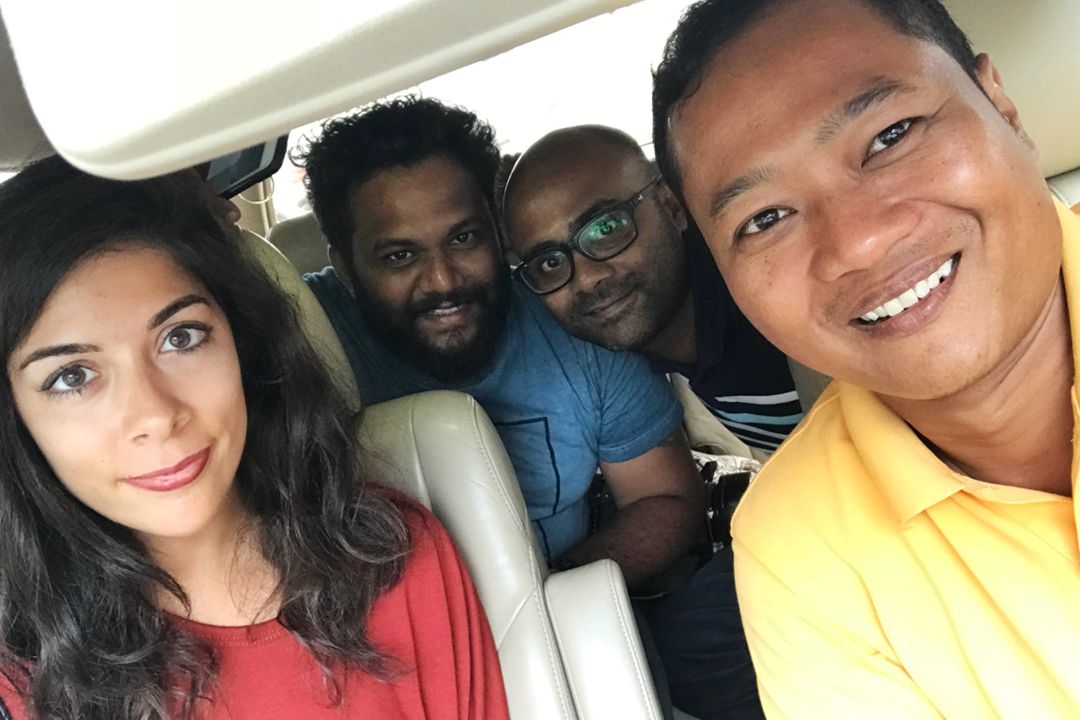
From Right to Left Mr.Lee (Tour guide), Me, Nitesh and Katie.
Tuol Sleng Genocide Museum (S21)
A few kilometers from the intricate Khmer roofs and ornate gildings of the Royal Palace, the official residence of the king of Cambodia, sat a clunky old building cordoned off by barbed wire. As we approached the entrance, we observed a number of tuk-tuks and buses carrying foreigners to and from this nondescript building. Each of us paid $6 for the entry fee and we were given an audio guide system including a headset and a map. We had the option of foregoing the audio guide system to save $3, but we chose it and it really did provide very detailed and lots of crucial information about the history of the site, the S-21, also known as the Tuol Sleng Genocide Museum. It was once an ordinary high school until it was transformed into a notorious prison by the Khmer Rouge forces. There are hundreds of torture sites across Cambodia, S21 was the largest and it was here that men, women, and children were brought in after arrest, for interrogation and torture before being sent to the Killing Fields for execution. The audio guide system described the crimes that were committed at each of the locations, from class rooms to the courtyards at Tuol Sleng.
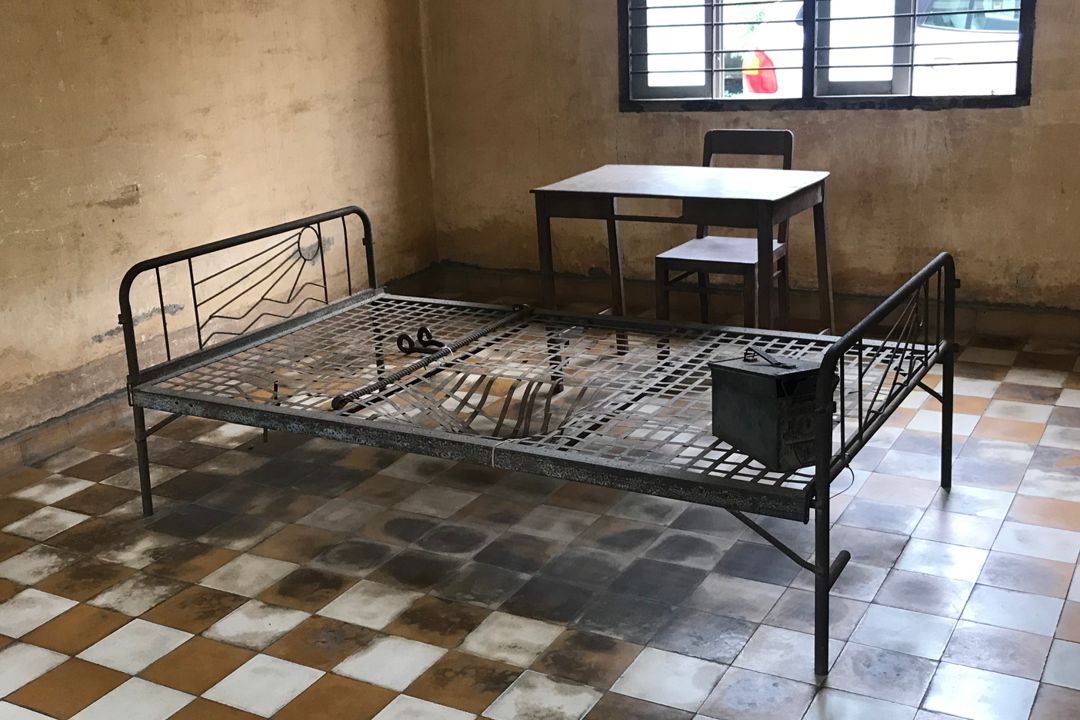
One of the cells at “Building A” where former government officials were detained and tortured whiled chained to their beds
The Khmer Rouge kept impeccable records of all their prisoners and were displayed throughout the museum. Each room had a focus, from the very beginnings of the prison through tiny cells in which the inmates were forced to live until their final moments. I made my way from room to room following the audio guide and the map as hundreds of innocent Cambodian eyes in black and white portraits hung on the museum walls staring at me.
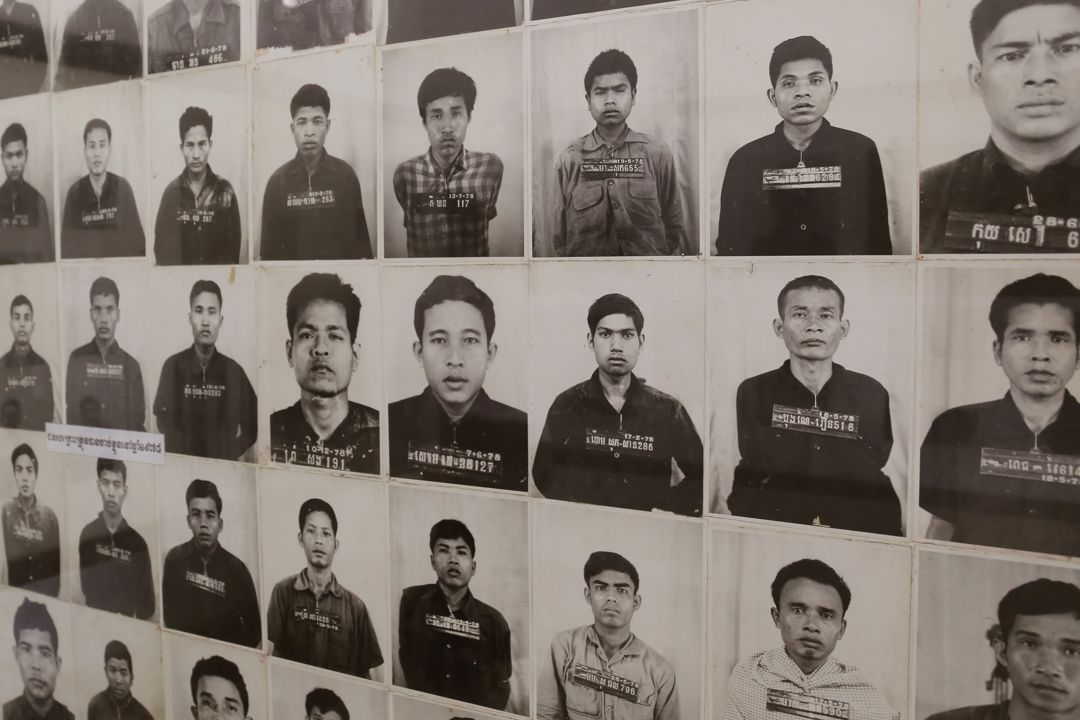
The Khmer Rouge soldiers photographed each prisoner before they were tortured and sometimes after.
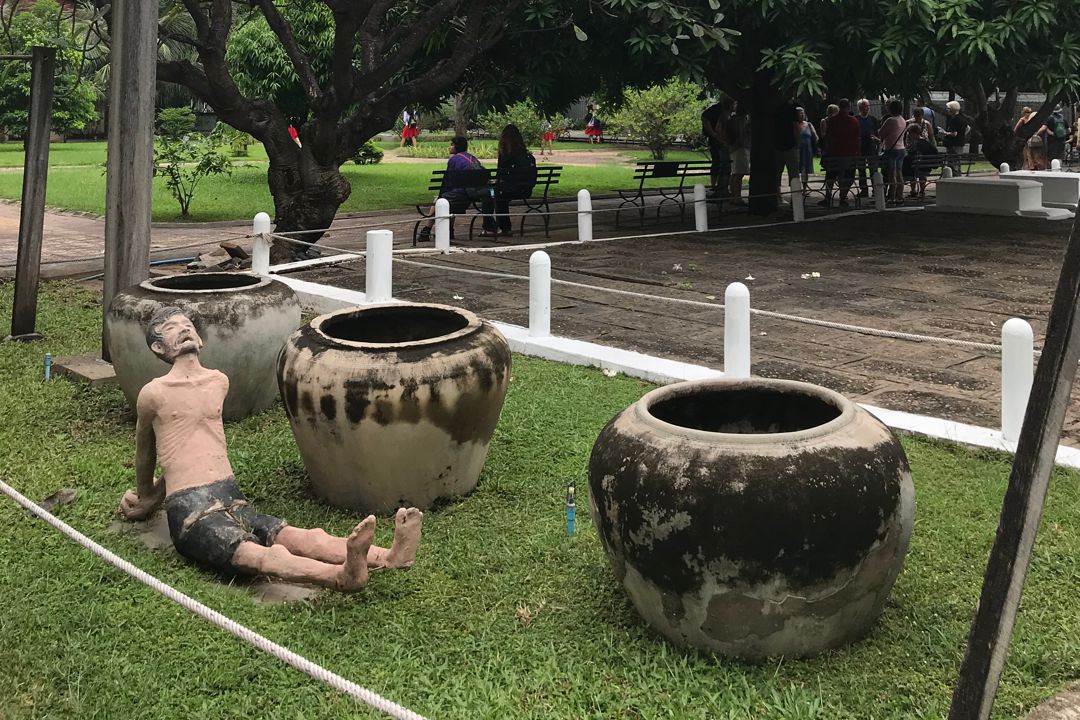
Prisoners were hung upside down and dropped in water, in order to get confessions.
The courtyard includes the gallows where prisoners were hung upside down with their hands tied behind their backs. The cauldrons below the gallows were filled with human excrete and urine, and the unconscious prisoner’s head were dunked into it.
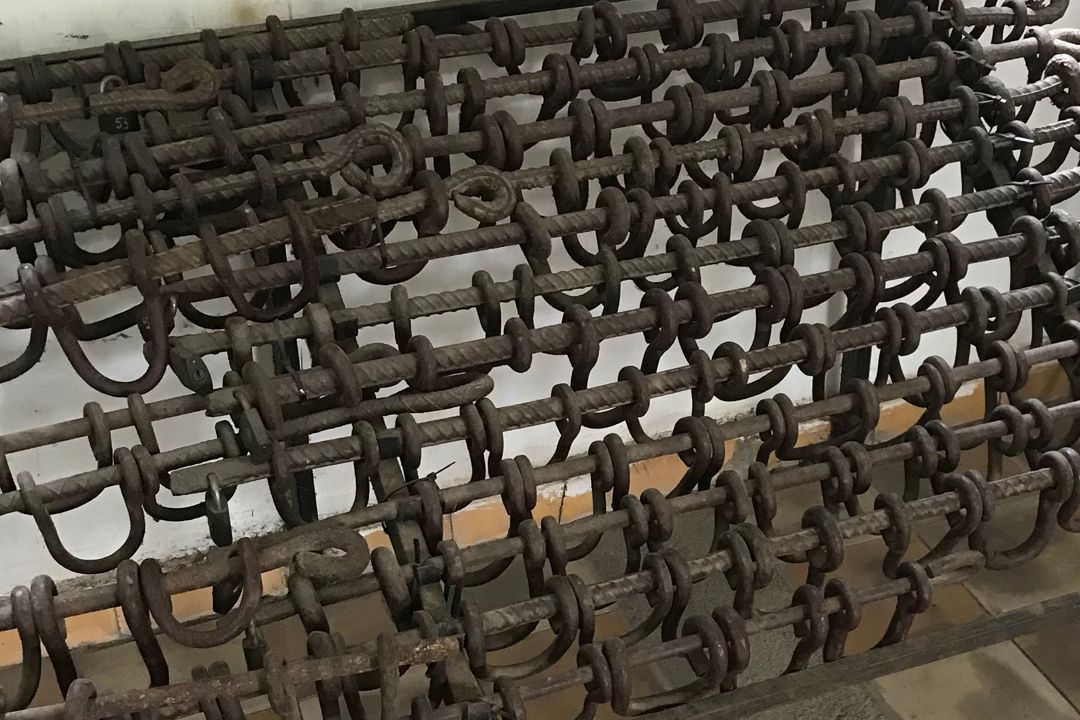
Ankle chain display in Tuol Sleng Genocide Museum or S21.
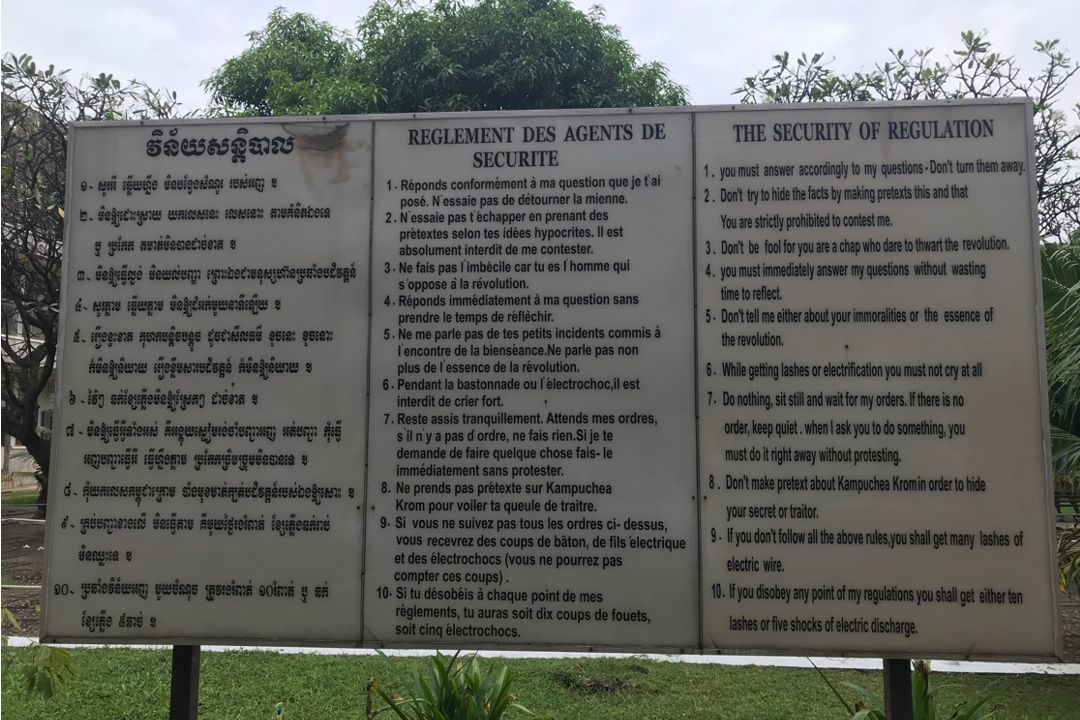
The rules of the S-21 Prison.
Chum Mey and Bou Meng are the last two remaining survivors of Tuol Sleng through their skills, the two men can often be found in the courtyard talking to visitors. I don’t intend to write a history lesson in this post, but although the Cambodian genocide only happened in the mid-1970’s, many people are not familiar with the atrocities carried out by Pol Pot in Cambodia, especially the younger generation. Nearly 3 million of the 8 million Cambodian population died of starvation, execution, disease or overwork during the Khmer Rouge rule, and their stories need to be shared and heard. After our visit, we felt more than a little depressed by mankind, and you will too.
Choeung Ek Genocidal Center (The Killing Fields)
Next, we drove 17 kilometers to the south of Phnom Penh, it took us about 40 minutes by car, to reach another memorial to those murdered by Khmer Rouge, Choeung Ek Genocidal Center, known as the Killing Fields. During this regime, there were killing fields all over Cambodia and this is said to be the largest of its kind. The entrance fee was $6 for each person including the audio guide and was as invaluable as at Tuol Sleng. As we walked into the fenced compound, our eyes caught the glint of the only landmark, a 203 feet tall structure straight ahead.
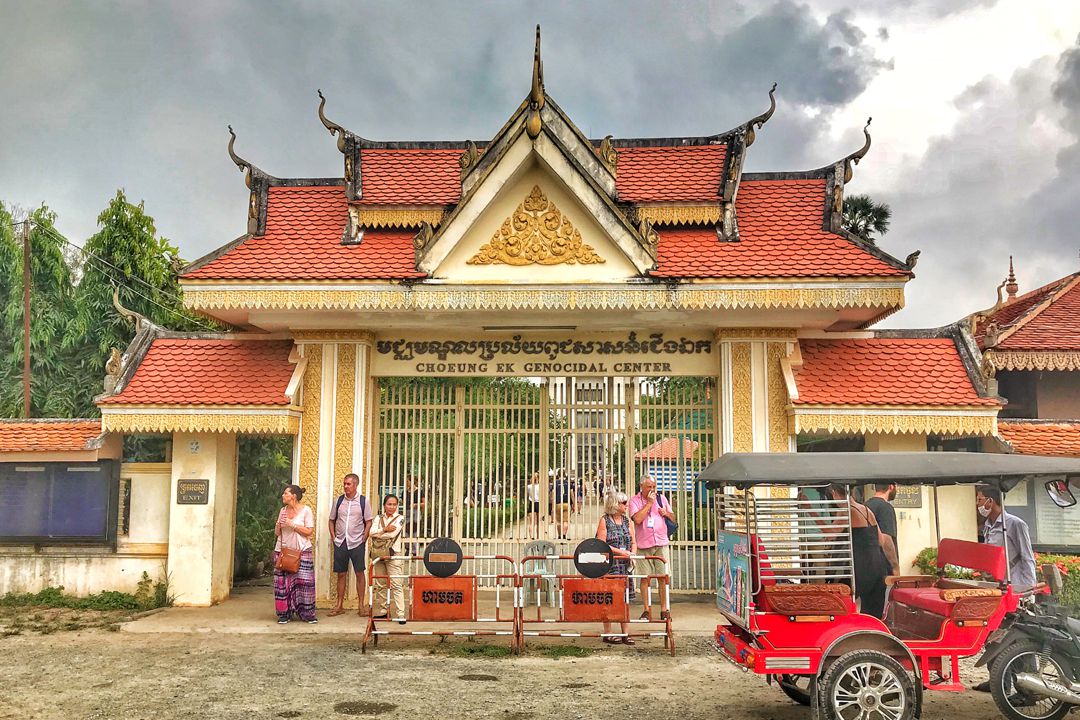
The entrance gates of the Choeung Ek Genocidal Center.
The audio guide explained how people were transported to the field not knowing they’ve been brought to spend their final moments before death, the guide also explained where there bodies were dumped after execution. Many victims of the S-21 prison ended up in this killing fields and it contain the remains of 8985 bodies exhumed in 1980, when 86 burial pits were excavated. It is estimated that more than 17,000 people may have been slaughtered here. To save on valuable bullets, hatchets, knives, and shackles were used bludgeon and stab people to death. When fuel became more scarce, people were dragged from their homes and murdered en route, their bodies were dumped in paddy fields. Continuing the guided audio tour, we were shown mass graves that were unearthed after the Vietnamese invaded Cambodia in 1979. During rainy season, when the ground gets soft, bones and skulls emerge from the ground and the day we visited was one of those days.
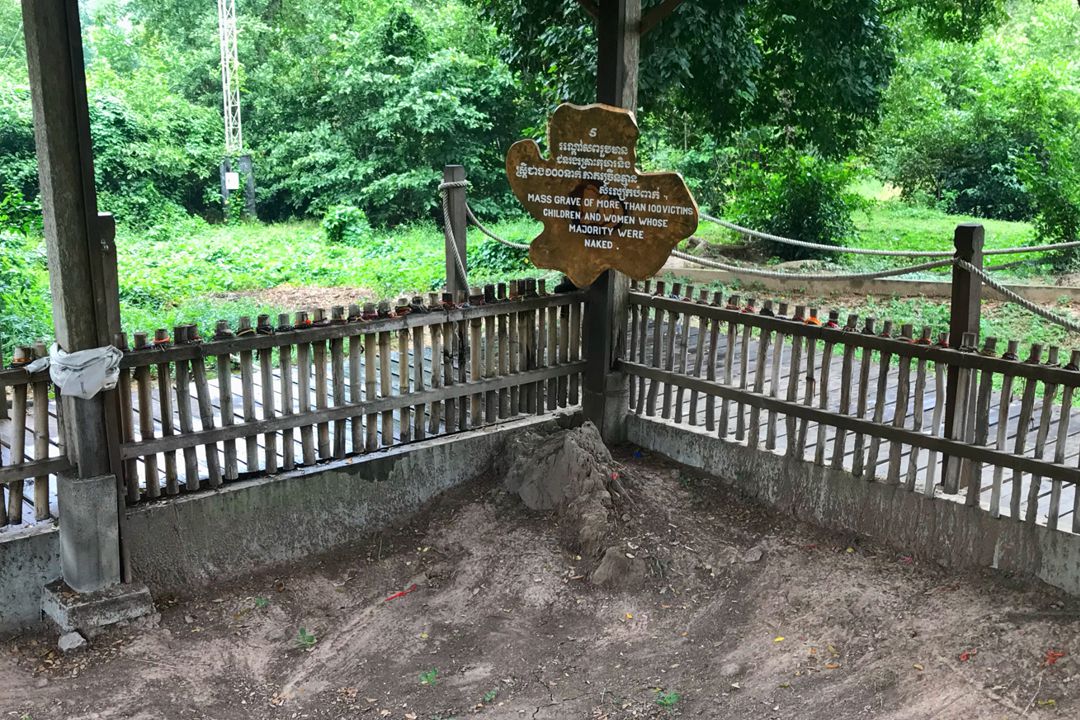
This is one of the many mass graves where victim’s bodies were thrown into after killing them.
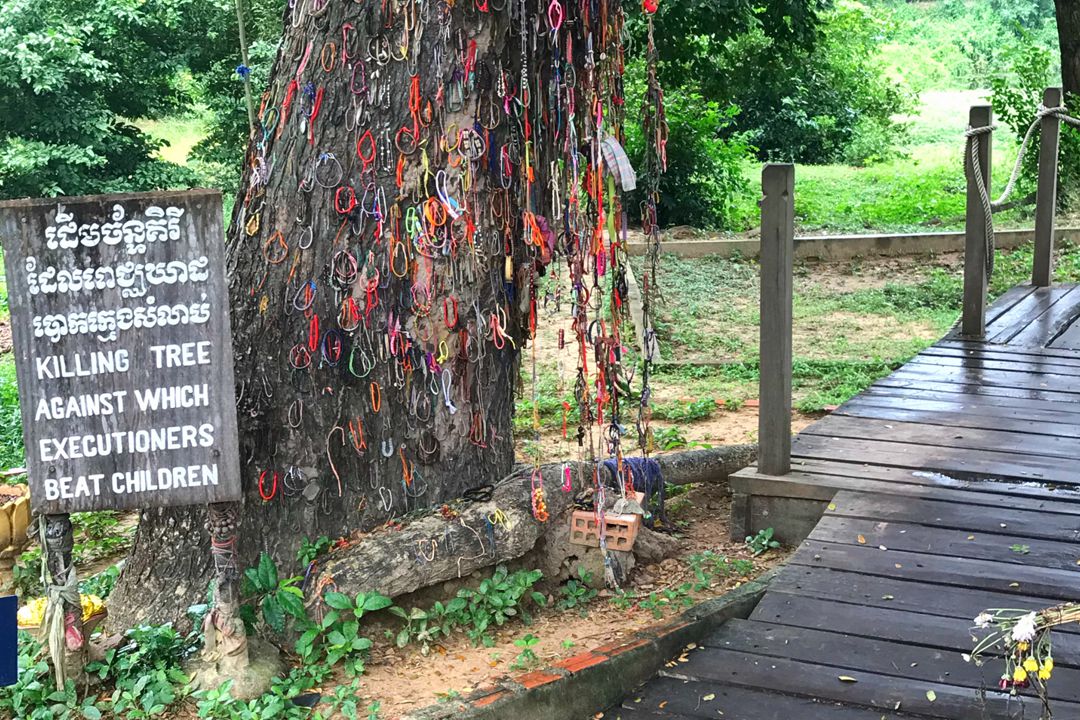
The most gruesome element was the Killing Tree, where the inhumane Khmer Rouge soldiers beat children against the tree until they died.
The audio guide directed us to various stops, key points and finished at the memorial stupa, a hexagonal glass case contained the victim’s skulls and bones, piled on shelves, seventeen tiers high, arranged by age and gender, their tattered clothes and how they were killed.
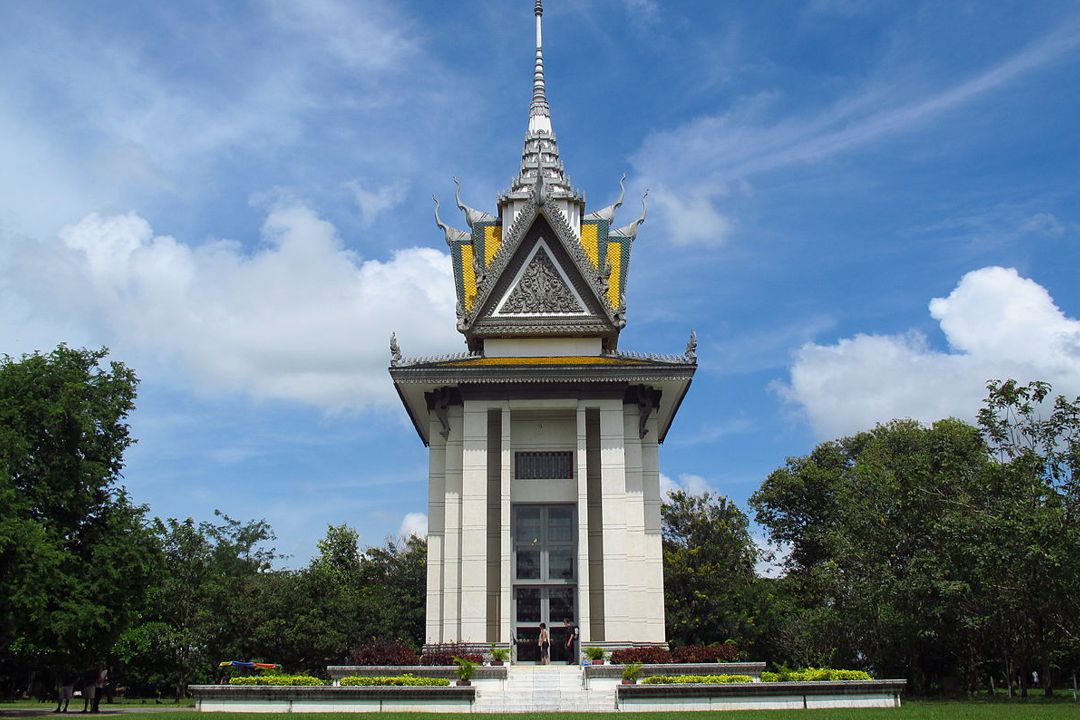
The Choeung Ek Monument.
It was hard to not shed a tear during this tour, and while Cambodia today is infinitely better than that of the Khmer Rouge era, Hun Sen, the current Prime Minister of Cambodia is still accused of killing his political opponents during each election season, and it is unsafe to voice dissent within Cambodia. What you see on the surface may mask differences below the surface and this applies everywhere we travel in the world. I hope your visit to Tuol Sleng Genocide Museum (S21) and Choeung Ek Genocidal Center (The Killing Fields) will be as enlightening for you as it was for me.
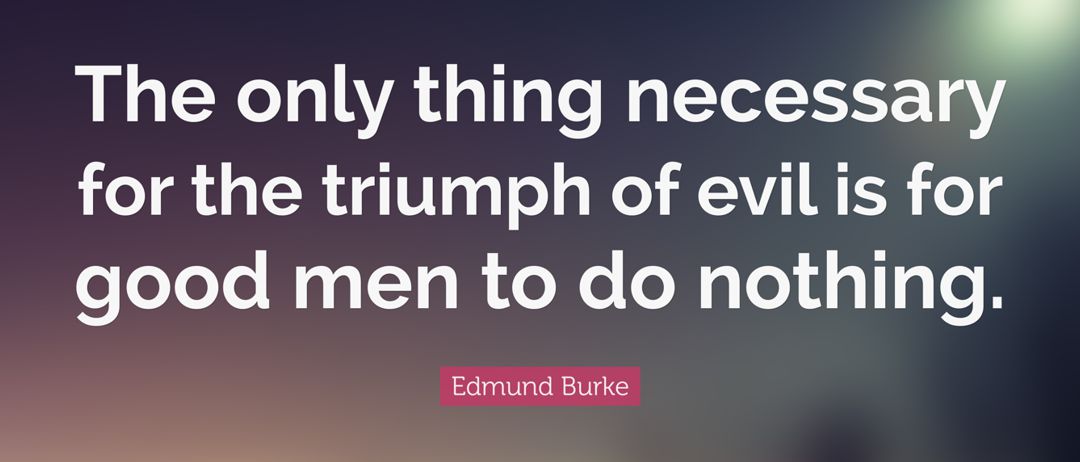

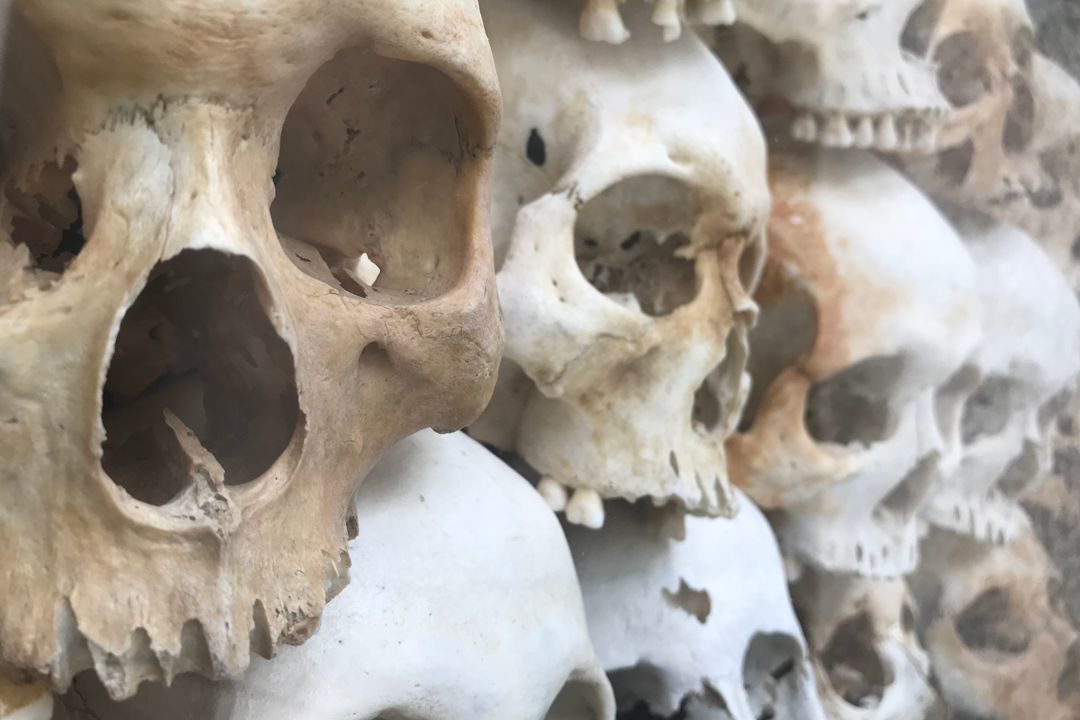
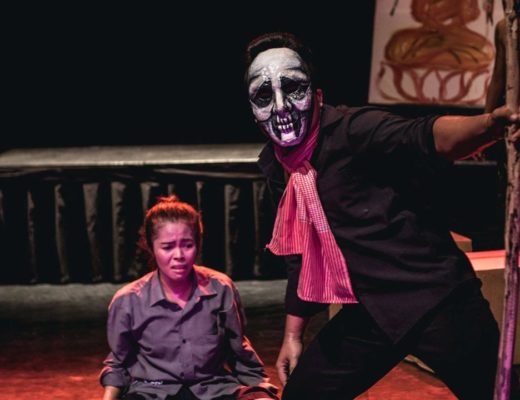
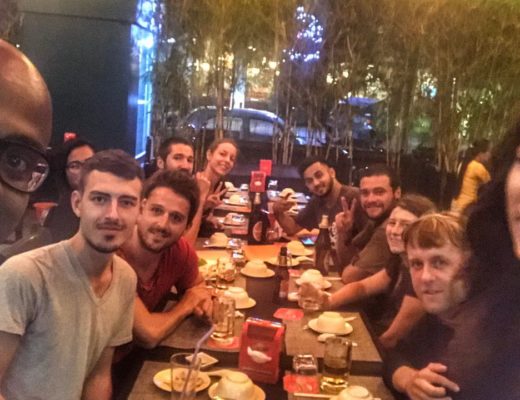
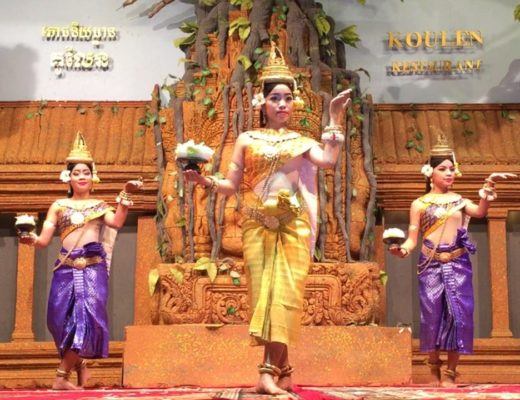
No Comments